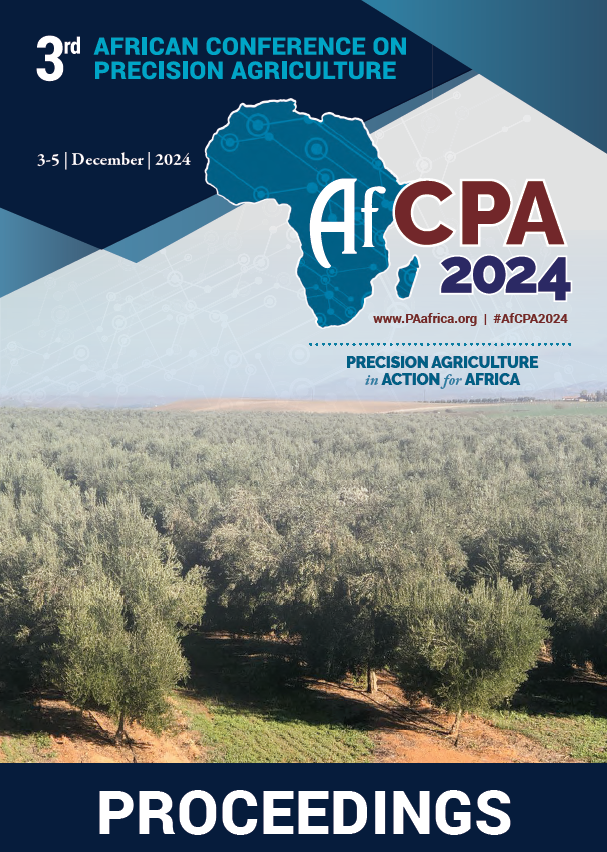Download the Conference Proceedings
Get your copy of the 2024 African Conference on Precision Agriculture Proceedings today! Download the PDF file and view all of the available proceedings.
Proceedings
Authors
| Filter results1 paper(s) found. |
|---|
1. The Yield Gap In Africa: Closing the gap through soil attributes management using remote sensing & Precision Agriculture Approaches at the field scaleIn Africa, which has the most population growth in the world, the agricultural system is characterized by the predominance of smallhoder farmers. In order to cope with intense population growth and increased production costs through yield gap closing. Yield gap is defined as the difference between potential yield and actual yield and is an inevitable method to improve yields while decreasing the environmental impacts of agricultural systems. The variability of yields is strongly controlled by... K. Khechba, A. Laamrani, A. Chehbouni, D. Dhiba, K. Misbah |
